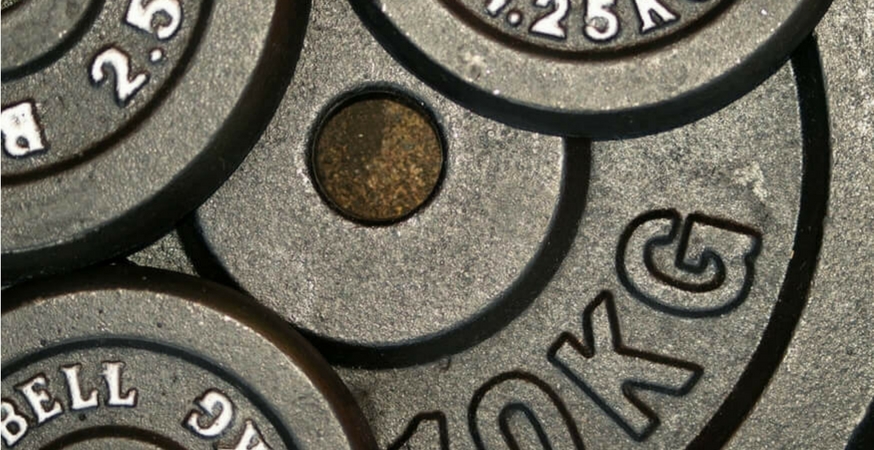We’ve said it before and we’ll keep saying it till we’re blue in the face: paper is more complicated than you might think. But as long as you know the lingo, choosing which paper to purchase is a snap and we are here to help!
There’s a lot to consider when you purchase paper for your next project. We’ve already explored basis weight and grammage weight, and now it’s time to turn our attention to something called “M weight”.
Revisiting Basis Weight and Grammage Weight
Before we get down to business, let’s quickly recap what basis weight and grammage weight are:
Basis weight describes the density of a specific sheet of paper according to how many pounds one ream (or 500 sheets) weighs at its basic size. We use basis weight in the USA, but other countries use the metric equivalent: grammage weight.
Grammage weight refers to the weight of all types and densities of paper in terms of grams per square meter. It measures the same thing as basis weight (the weight of a ream), but unlike basis weight, grammage weight doesn’t consider paper density or basic size.
For a full recap of the differences between basis weight and grammage weight, check out this post.
M Weight
While basis weight refers to the weight of one ream of paper in pounds, M weight refers to the weight of 1000 cut sheets of paper. Most paper sellers won’t tell you the M weight of your chosen paper, but it’s very easy to calculate. All you need is three simple pieces of information:
- The size of your sheet (“given size”)
- The basic size of your chosen paper
- Basis weight
“Given size” refers to the individual paper sheet size, while basic size refers to the original size of each sheet of paper while it’s on the ream. For example, the given size of your average sheet of white printer paper is 8.5” x 11”, but its basic size is actually 17” x 22” (basically, two sheets of letter size paper).

Who Uses M Weight?
M weight is particularly useful for paper suppliers because it is always consistent with a specific paper size, and it makes it super easy to calculate shipping charges.
If you’re a casual paper crafter, you’ll probably never have to worry about M weight. Instead, consider basis weight (or grammage weight, depending on your location), sheet size, and paper finish when you purchase your paper.


